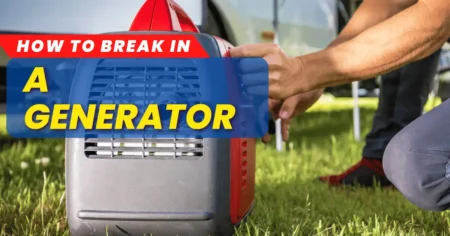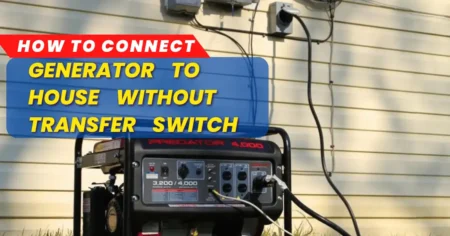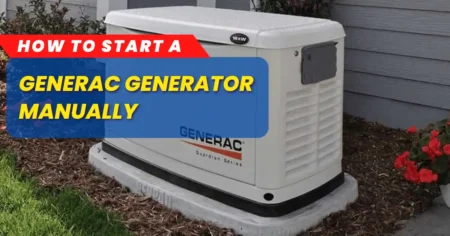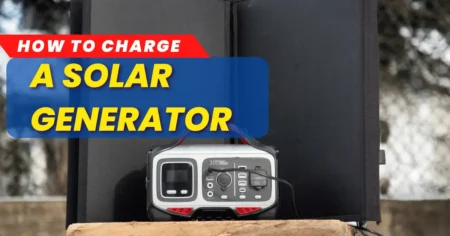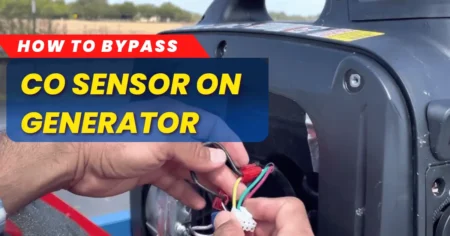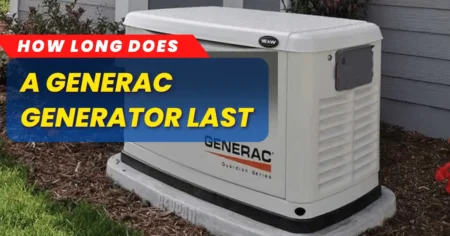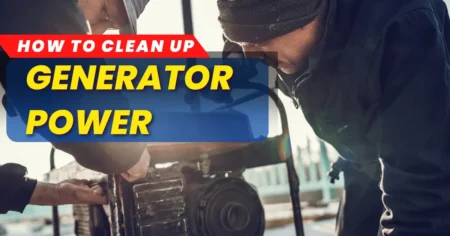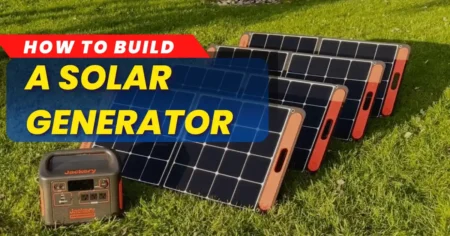Everyone wants to work in a noise-free environment. The use of generator machines is increasing day by day due to power shortage. Sometimes generators create noise which can be annoyed for neighbors. If the generator’s engine is more powerful, it will produce more noise than a small size advanced engine. You have to find a proper solution to deal with this issue. So how you can make a silencer to alleviate noise level?
How to make a silencer for a generator? First, you have to measure the exact dimensions of your generator. Make a wooden box and then attach proper insulation to reduce the sound. You can attach a homemade silence directly to the generator.
How to make a soundless Generator Box (DIY)
There are two approaches to construct the best silencer for a generator. As you know, the silencer is necessary to reduce the noise level; therefore, we will discuss the method in detail. Let’s start the method.
How to make a silencer?
First, you have to check the generator’s noise source if the radiator fan is creating noise or structural borne noise. It may be due to generator exhaust system noise and noise released from the engine. Each noise solution will be treated differently by attaching fan discharge silencers, intake silencers, exhaust air mufflers, and acoustic enclosures.
We will control the sound waves in our first approach and conclusively lower the noise pitch from the generator motor. You can buy this silencer, and you can make it by yourself
We will describe the process in detail to make a silencer box for the generator
1. Measure the size of the silencer box
First, measure the space your silencer box will cover. You have to leave some extra inches on each side of the box to fill the insulation thickness and for ventilation
2. Leave space for ventilation
It is very important for the proper functioning of the generator. If you do not leave space, then the generator will be heated up. Leave the space for ventilation on the roof of the enclosure.
3. Settle an isolating surface
The generator creates vibrations. The isolating surface will help to reduce this vibration. This surface will prevent sound leakage, so it should be strong and airtight. This layer should be between the ground surface and floor for the silencer box. You can place a rubber sheet or any thicker sheet for this purpose.
4. Make a wooden box
You will make a wooden box that would be exactly of the same size as your generator. This box will have an outer or inner box
5. Sound insulation
Give enough layers of free space. When the voice will come, it will be dispersed. We can add a layer of sound mitigating material which is available in the market. You can attach foam backing, plywood, or any other material that can control the sound. This approach aims to reduce the noise level of the generator and make a lightweight silencer box. You can use high-quality glue to attach the material pieces to the box’s inner walls.
Don’t forget to leave the free space inside the box to scatter the sound. The sound mitigating material will absorb the sound.
6. Extra insulation
You can make a stronger silencer box by adding more insulation layers on the inner walls. In this way, you can improve the sound reduction capability of the silencer box. You can buy pads from the market. These will absorb all vibrations and eliminate the sound inside the box.
You have to attach all the parts inside the box carefully. Any gaps and holes will reduce the output of the silencer box.
7. Assembling of silencer box
When you have completed all work, then it’s time to assemble the silencer box. Attach the top roof to the enclosure carefully.
Create a DIY silencer for the generator
You can attach a DIY silencer with your silencer box. These two methods will reduce the sound up to 20 decibels of noise.
The next method will be to add a DIY silencer to the generator. You can buy the factory silencer to reduce the noise level. Usually, these factory-installed mufflers are not considered effective.
To control the noise, you can make your silencer to reduce the sound. In this technique, your silencer will work to deliver the sound waves coming from the engine. The sound will be reduced and will leave the exhaust pipes, which are the generator’s loudest part.
To do all these works, you should have some skills to attach the silencer. Below is the list of steps to make a DIY silencer for a generator
- Measure the generator output
- Make an enclosure according to the generator’s size that can be a metallic enclosure or use the material that is best to achieve the desired result.
- Attach the insulation layer inside your box. It should be an effective layer and put this layer with glue within the enclosure. leave space for ventilation so that you can prevent the carbon monoxide from accumulating
- Weld the silencer onto the generator.
- Start the generator and check the enclosure. There should not be any leakage gaps in the enclosure. This box should reduce the high noise from the exhaust pipes the noise of the engine.
Conclusion
By making a silencer with the above-mentioned methods, you can not reduce the noise level fully. As ventilation is required for the generator’s full functioning, this airflow space will allow the noise to come out from the box. This method will only help to manage the sound pitch to some extent but not fully. It will create less disturbance. Nowadays, advanced generators work with quiet inverter technology to reduce the annoying sound.
The noise reduction approaches depend upon the structure of the generator and its exhaust and engine. You have to consider all these things before making a silencer for the generator.



